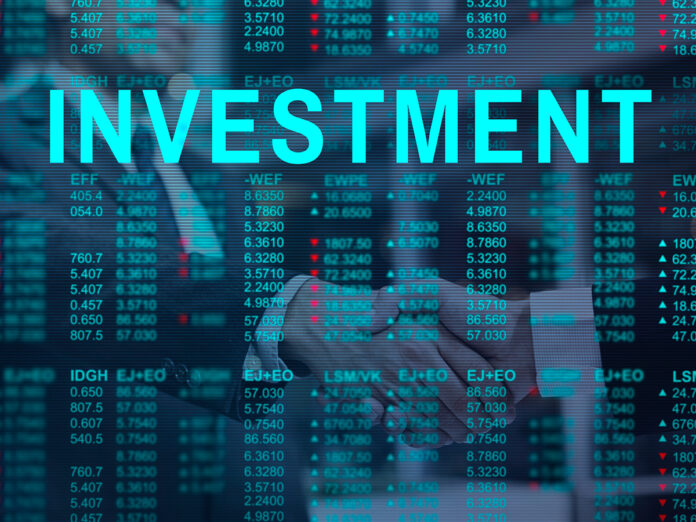GlobeNewswire
NB HASH brings real-world assets (RWA) to global investors, combining stable returns, blockchain transparency, and the growth power of real economic value.
As inflation persists and global interest rates continue to fall, institutional capital is searching for a new destination that offers both stability and yield.
This month, investment giant BlackRock made headlines by expanding its exposure to Real-World Assets (RWA) — a move that many analysts see as the clearest sign yet that real-asset tokenization has entered the mainstream.
While large institutions are beginning to capitalize on this opportunity, NB HASH is taking it a step further — opening the door for everyday investors to participate in the same asset-backed yield strategies that Wall Street is now chasing.
Read More on Fintech : Global Fintech Interview With Justin Meretab, Co‑Founder and CEO of Layer
From Institutions to Individuals: The Rise of RWA
RWA (Real-World Assets) refers to the tokenization of tangible, income-producing assets — such as energy facilities, infrastructure capacity, or data-center power — and bringing those assets onto the blockchain.
Unlike traditional crypto speculation, RWA projects are tied directly to real economic output, creating stable, transparent, and verifiable income.
NB HASH leverages this model by linking its investment ecosystem to audited real-world resources including:
- Energy and Infrastructure RWA Projects — backed by actual power generation and data-center operations;
- AI Computing Capacity RWA — tokenizing GPU output used for artificial-intelligence workloads;
- Green Energy Assets — integrating renewable electricity and carbon-neutral projects for sustainable yield.
“RWA is no longer a concept reserved for institutions,” said an NB HASH spokesperson.
“We make it possible for anyone with USDT to participate in assets that produce real-world cash flow — not just speculative value.”
Illustrative Earning Scenarios
NB HASH’s RWA products are structured around verified real-asset performance. Returns are calculated and distributed through on-chain smart contracts, ensuring transparency and traceability.
| Investment | Asset Type | Estimated Annualized Yield | Distribution Frequency | Notes |
| 200 USDT | AI Computing RWA | 12 % – 16 % | Daily | Backed by GPU computing output |
| 500 USDT | Energy Infrastructure RWA | 14 % – 18 % | Daily | Linked to data-center and energy capacity revenues |
| 1 000 USDT | Hybrid Portfolio (Compute + Energy) | 16 % – 22 % | Daily | Diversified asset exposure for risk balance |
Figures shown are for illustration only and do not constitute a guarantee of return. Actual performance may vary based on market and project factors.
Why Now — and Why RWA Matters
Analysts from Goldman Sachs and BlackRock alike point to the same macro backdrop driving this shift:
- Falling interest rates have eroded traditional bond yields;
- Inflation continues to devalue cash and fixed income returns;
- Blockchain now provides a secure way to fractionalize and trade real assets globally.
As a result, RWA has emerged as the bridge between traditional finance and digital value, and NB HASH is among the first platforms to offer it to the public with full transparency and daily on-chain settlement.
Transparency and Security at the Core
All NB HASH RWA projects undergo independent third-party audits to verify asset ownership and revenue generation.
Smart contracts automatically handle profit distribution, and users can track earnings in real time on the blockchain.
The platform supports 24/7 operations and multilingual customer service, ensuring security and accessibility for a global user base.
Catch more Fintech Insights : The CFO’s New Analyst: Using Generative AI for Strategic Financial Modeling
[To share your insights with us, please write to psen@itechseries.com ]
